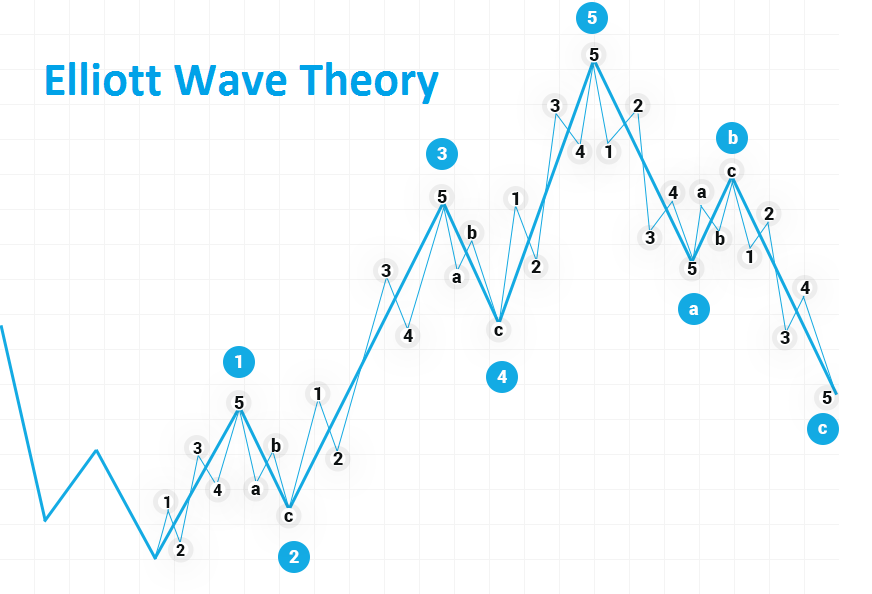Balance of Power
Balance of Power (BOP)
It is an oscillator that measures the strength of the buying
and selling pressure. The Balance of Power indicator is a technical analysis
tool. It constantly measures the balance between the market power of buyers and
sellers. This helps traders determine the prevailing mood at the moment.
Traders can use this indicator to: When the indicator is positive, the bulls
are in control; and sellers dominate when the indicator is negative. A reading
near the zero line indicates a balance between the two and may indicate a trend
reversal.
History
The Balance of Power (BOP) indicator was developed by Igor
Livshin and later presented to the public through Stocks and Commodities
magazine in 2001. The BOP measures price trends by measuring the strength of
buyers and sellers in the market and determining what prices reach extreme ups
and downs.
Calculations
To calculate the force ratio, use the following formula:
Balance of Power = (Close Price - Open Price) / (High Price
- Low Price)
Takeaway
The balance of power (BOP) is known to oscillate around the
zero centerlines, which ranges from -1 to +1. A positive BOP indicates
dominance in the buyer's market, while a negative BOP indicates dominance in
the seller's market. When the BOP is zero, it shows that the buyer and seller
are the same in today's market.
Identifying Trends
An uptrend is indicated by an ascending BOP line and a
descending trend by a descending BOP line. The transition from the zero line
confirms the change in trend.
Price Differences
This is a negative spread if new price levels are reached,
but not BOPs; if the price rises but the BoP does not, the price difference is
positive. These differences can predict a change in trend.
Terms and conditions Overbought / Oversold
Chartists must look at historical levels of security that
challenge them to determine what should be considered oversold/bought for that
security. Once these stocks have been overbought/overbought for that security,
look for declines beyond that



Comments
Post a Comment